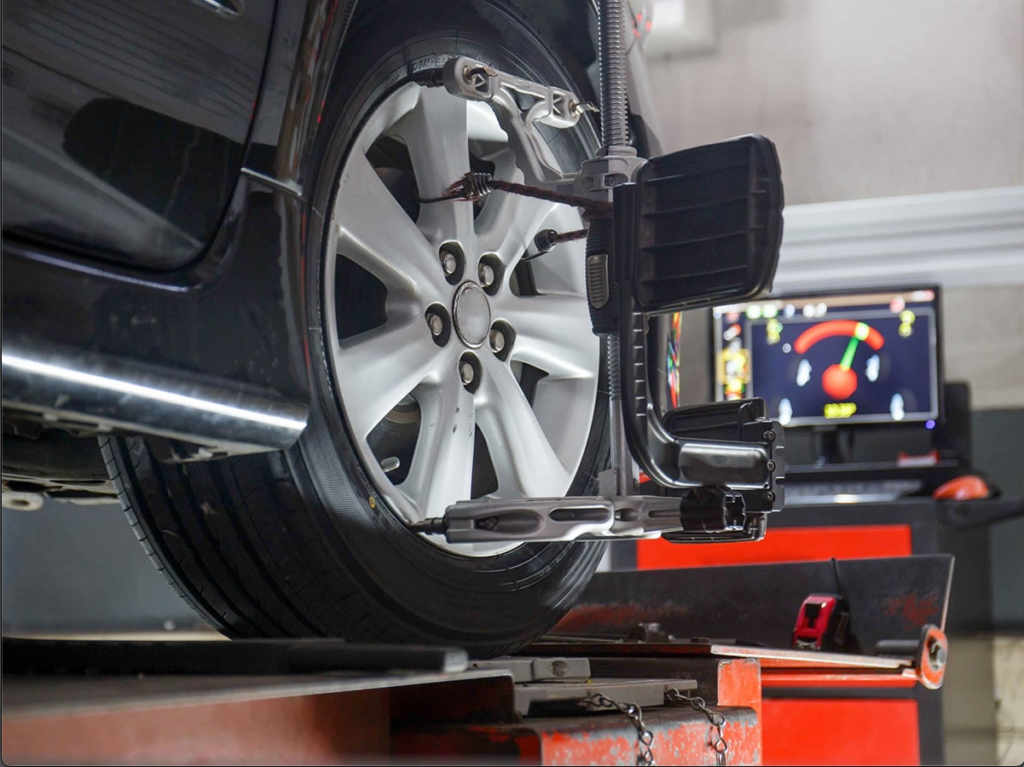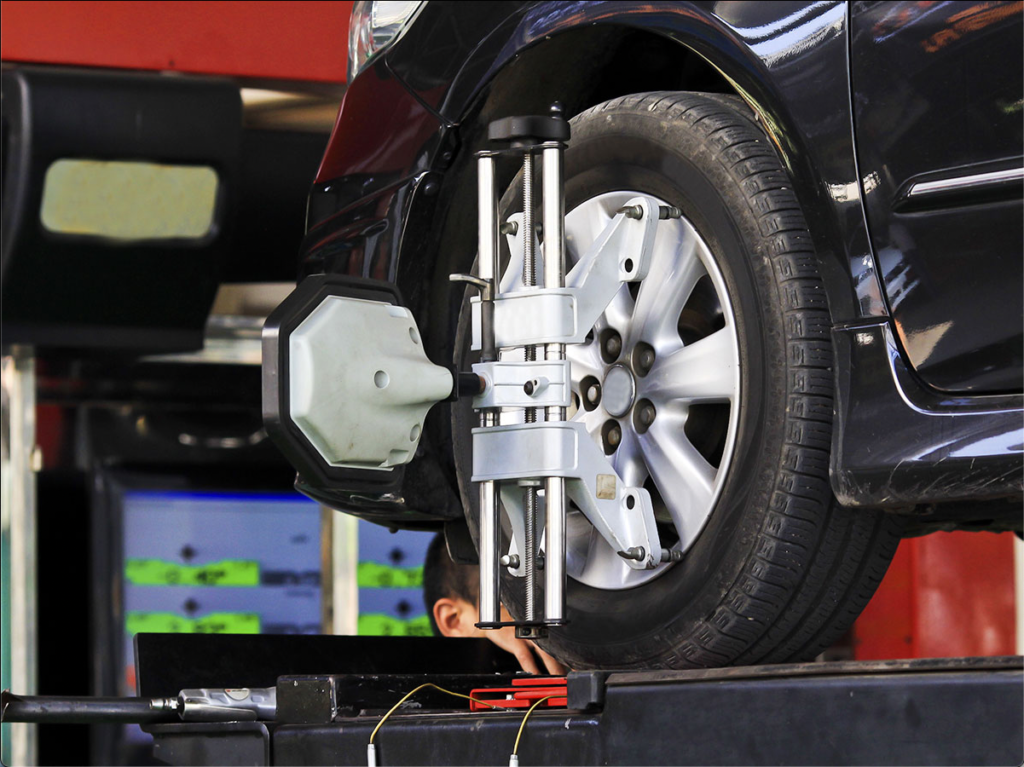Schedule Wheel Alignment Service at Hansel Collision Center in Santa Rosa, CA
Customers can book appointments by submitting the online form that only requires basic details, including the appointment purpose, ideal appointment day/time, vehicle details, the insurance company if involved, name, and preferred confirmation method. Call the service center during open hours to book an appointment or use our online scheduling tool.


